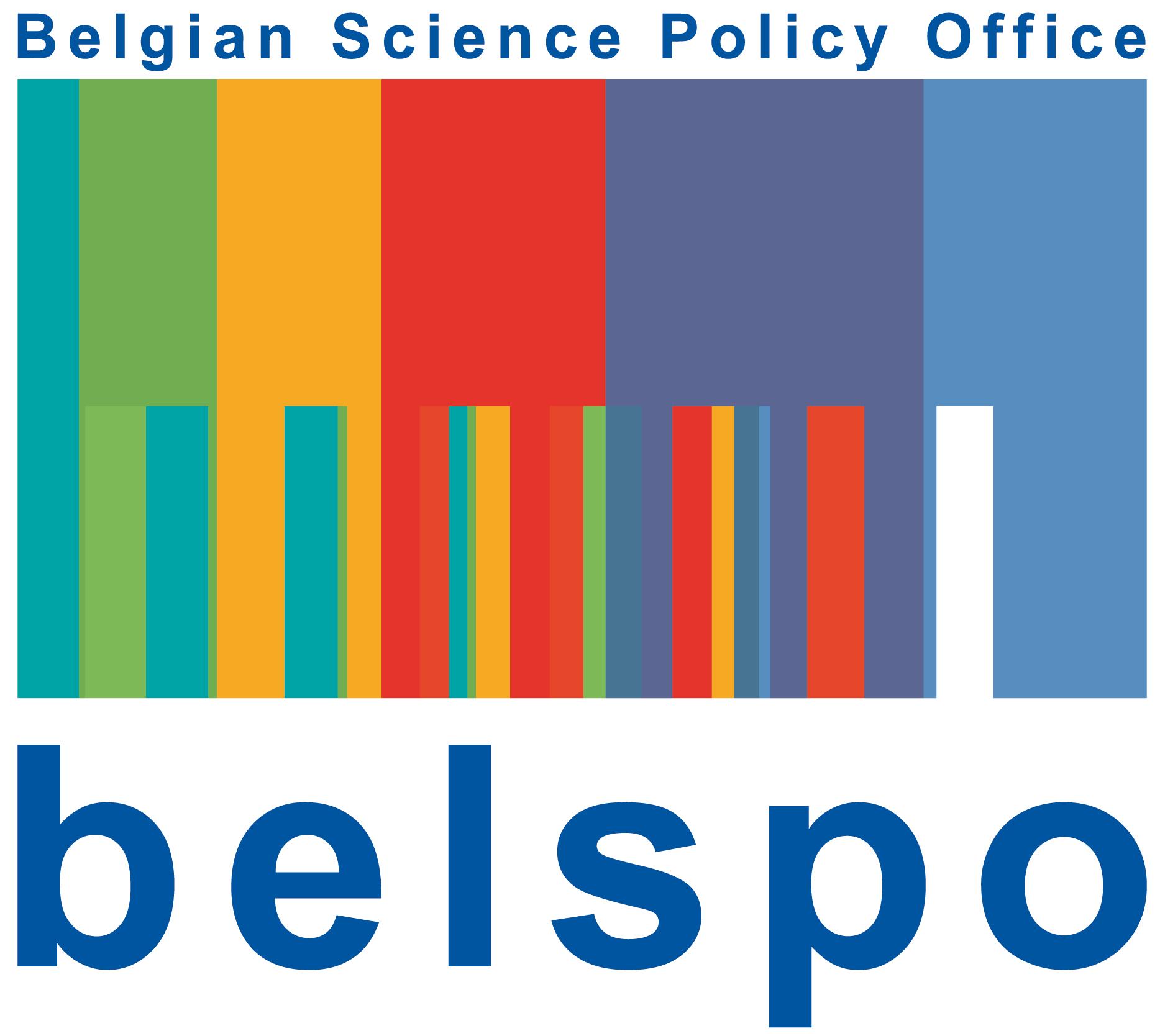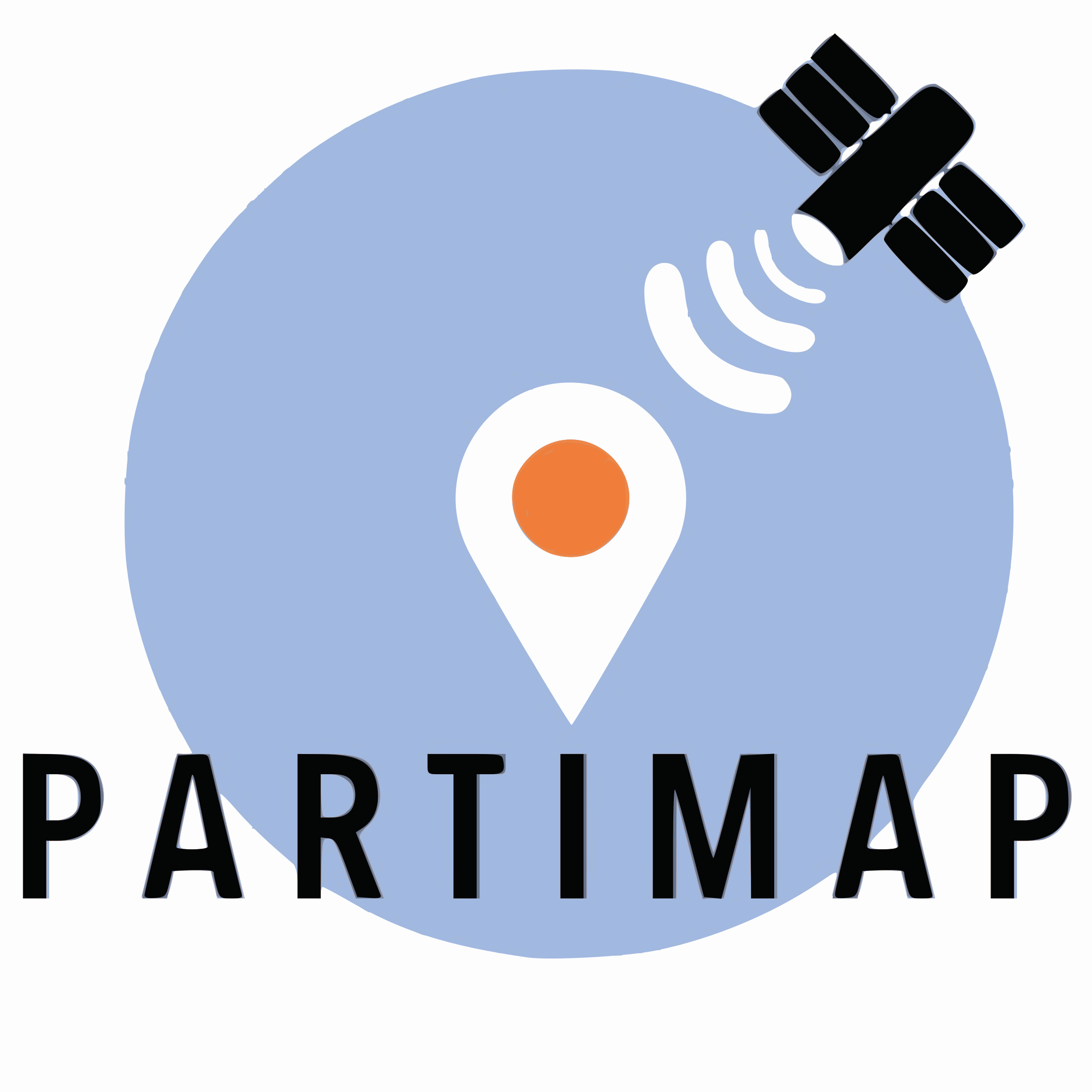Dans la même rubrique
-
Partager cette page
PARTIMAP project
Community PARTIcipation - combining Citizen Science and Earth Observation for MAPping Deprivation
Description
Many cities in Low-to-Middle-Income Countries are facing unplanned and rapid growth of built-up areas and lack detailed and disaggregated information to address this challenge. Most unplanned urban growth results in deprived areas defined by slum-like conditions, informality, and high poverty rates. Such deprived areas are heterogeneous: they present differences in socioeconomic status, and visible differences in housing conditions and urban spaces. The extent to which such physical differences are linked to urban deprivation is still unknown, while this topic is at the heart of SGD 11 aiming at making cities and human settlements inclusive, safe, resilient, and sustainable. The general objective of this project is to showcase the contribution of EO combined with Citizen Science to categorize urban deprivation. Working in one of the most challenging topics in urban environments, that of combining local perception of residents with what is shown from satellite imagery, PARTIMAP will unravel these complex relationships into hybrid deprivation models that do not suffer from large levels of bias. The results of workshops involving communities living in deprived areas (so called 'slums') of Nairobi, Kenya, will be analysed, evaluated, and combined with EO-based outputs of the SLUMAP project (very-high-resolution satellite derived land-cover/land-use maps, morphological indicators) into a characterized hybrid urban deprivation model of the city.
Period
2021 - 2022
Funding
Research funded by BELSPO (Belgian Science Policy, research project SR/11/217).

